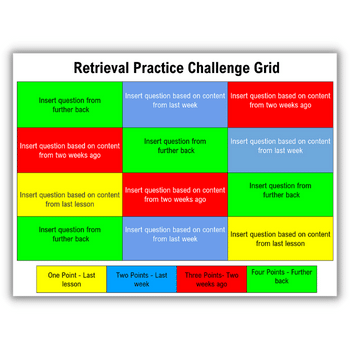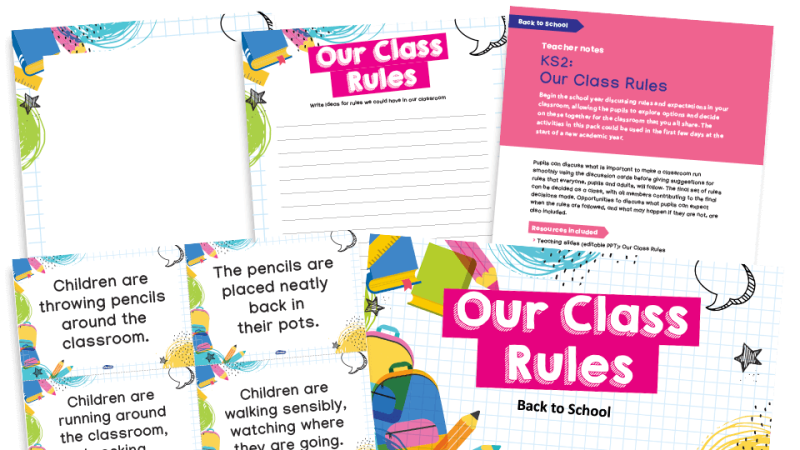Curriculum sequencing – How to decide what to teach and when

Kat Howard and Claire Hill examine the importance of sequencing when it comes to effective curriculum design…

If a curriculum is to be coherent and follow a logical progression, attention needs to be paid to the order in which knowledge, in whatever form that might take, should be introduced and revisited.
The curriculum in many subjects is dependent on a deliberate approach to the sequencing of knowledge because one concept often relies on the understanding of what has come previously and what will come next.
Effective sequencing can also provide a way of embellishing and unifying what may otherwise seem like disconnected fragments of knowledge. To create a sense of coherence for the discipline that we teach, we need to ask ourselves: Why this? Why now?
Cognitive load theory
Cognitive load theory informs our curriculum sequencing by revealing the role of memory in helping students build the cognitive architecture required to access the curriculum effectively.
As working memory is limited, we need to sequence our curriculum to reduce cognitive load by drawing on prior knowledge and logically sequencing episodes of learning so they accumulate in small stages, securing understanding at one stage before moving on to the next.
This assists in reducing cognitive load as students can draw more effectively from their long-term memory, thereby reducing the load for their working memory. Although activating prior knowledge is an effective method for reducing cognitive load, this needs always to serve new learning.
Take, for example, a history teacher introducing the concept of colonialism through a study of the British Empire. Students need to access a working definition of ‘empire’, relying on their understanding of vocabulary such as ‘monarchy’ and ‘reign’. The teacher then provides an explanation of imperialism, with a brief allusion to their previous teaching of Russia the year before, polished off with the image of Queen Victoria’s statue that displays the words ‘The entitlement of Great Britain’ underneath.
In this example, prior knowledge functions as extraneous load: students are left grappling with their working definitions of key terms and their recognition of Queen Victoria, alongside a plethora of completely new information, made more complicated by attempting to draw from their prior knowledge, as prompted by the teacher, with very little context.
If, however, the teacher opened the lesson with a retrieval task that prompted students to recall the definitions of ‘empire,’ ‘monarchy’ and ‘reign’ and framed these within the context of the lesson – making explicit the connection between Queen Victoria and the British Empire’s role in widespread colonisation – then cognitive load is well-managed and the activation of prior knowledge is purposeful for the lesson, resulting in the delivery being far more cohesive and ensuring one idea connects to and informs the next.
Whilst careful sequencing can support new learning by exposing its relationship to prior knowledge, we need to ensure its activation does not contribute to extraneous load. When sequencing learning we need to judiciously select the knowledge most likely to support and connect to new learning so that we do not unintentionally hinder students’ understanding.
This requires a systematic, streamlined approach to the activation of prior knowledge with explicit connections between what has been learnt and what is to come next so that these connections strengthen students’ cognitive architecture, rather than act as an extraneous distraction.
Coherence and connections
Sequencing of the curriculum is clearly more than the ordering of its component parts – it is about the relationships and connections between them, and the deeper understanding that the sequence allows our students to access. It is more than simply this, follows this, follows this – it is narrative, it tells the story of our subject, it is a conversation between its parts.
However, curriculum design can sometimes be reduced to ‘Fragments of knowledge [that] float around without being placed in a coherent structure’, as noted by Mary Myatt in her book Building Curriculum – or, in some cases, disjointed units of work merely connected by the command words of GCSE exam papers with no real sense of cohesion.
We begin to move towards a better model when we start to see how one episode of teaching requires prior knowledge to not only reinforce memory but to access new learning.
However, teaching one unit and then returning to some of the core knowledge of that unit later as a bolt-on exercise in retrieval practice is unlikely to have the desired effect of creating strong schematic models for students. The approach we take in activating prior knowledge needs to pay service to the internal dynamics of our subjects, which are complex, transformational and symbiotic.
When returning to key knowledge, we must undertake a revisiting that digs deeper than simple retrieval: we need to explicitly draw attention to where we have seen this vocabulary, concept, behaviour or pattern before and expose its relationship to what we are teaching now.
It is a process that involves foreshadowing, reference, embellishment, echoes and evolution – a continuous ebbing and flowing between the simple and the esoteric, rather than a mere layering of one building block on top of the other.
This could be as simple as using signposting statements. Where have we seen this before? What does this remind us of? How does this have a relationship with what happened previously? How does our understanding of the previous concept inform our understanding of this one?
To sequence our curriculum in a way that is sensitive to, and prioritises these internal dynamics, we need to have some understanding of how this works in our subject and how we can harness this when designing our curriculum.
Knowledge structures
To understand the relationship between the components of our curriculum, we need to consider how structures of knowledge affect their sequencing. For the purposes of curriculum sequencing, we can broadly divide knowledge structures into those which are hierarchical and those which are cumulative.
Subjects may be more hierarchical than others or more cumulative, but to define them as distinctly one or the other would be to oversimplify the nuances of these definitions and the subjects they apply to.
Broadly, subjects such as English literature, geography, history, art, drama and music may be considered more cumulative than hierarchical, as there are fewer threshold concepts that require one component being taught before the next. Although units of study may be related, they are less likely to be reliant on each other for understanding.
However, subjects with more cumulative structures still benefit from unifying principles to reinforce an understanding of the subject discipline.
Kat Howard (@SaysMiss) is a senior leader at the Duston School, Northamptonshire; Claire Hill (@Claire_Hill_) is trust vice principal and secondary improvement lead at Turner Schools in Kent
This article is based on an edited extract of their book, Symbiosis – The curriculum and the classroom (John Catt, £14)










